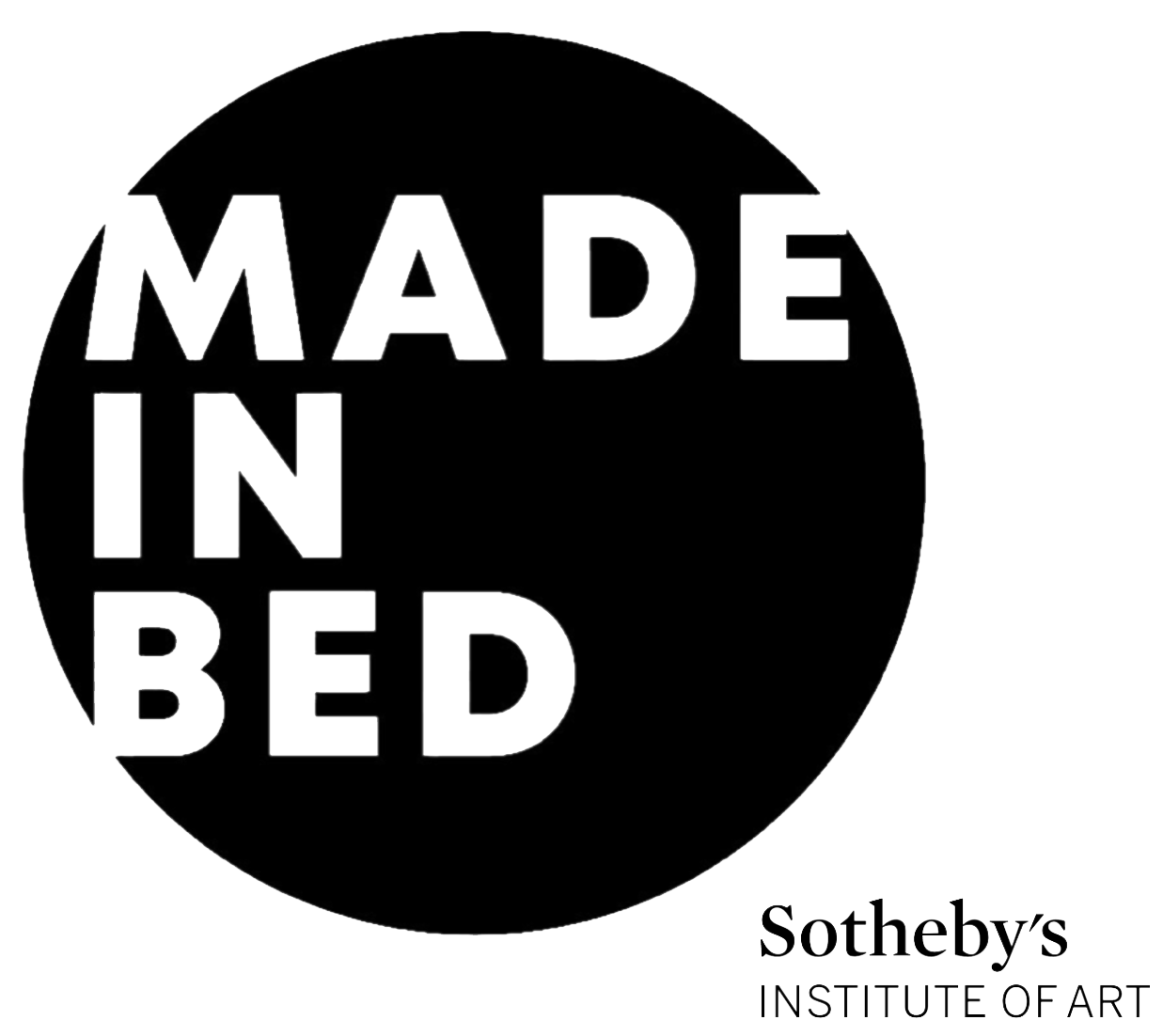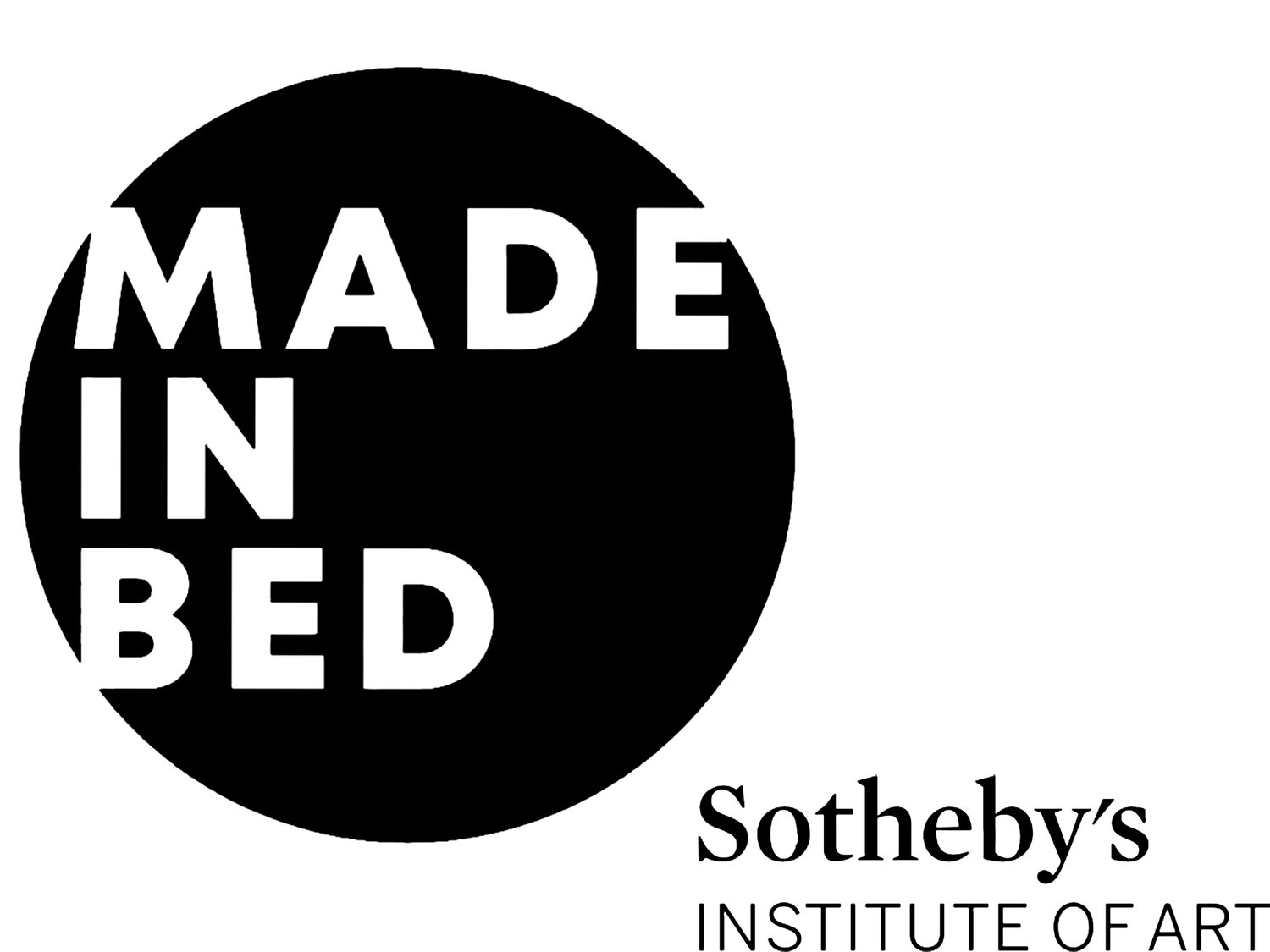Swiss Art Week 2025: Art Basel, Basel — Echoes of a Market Giant
Hosting 289 galleries from 42 countries, Art Basel 2025 unfolded across sprawling halls and satellite events. The term “art fair fatigue” barely captures the stamina required to navigate this labyrinth of booths. But beyond endurance, the true measure of the fair’s success lies in what lingers, what is remembered long after the crowds have dispersed. Remembering any of it after a month of its passing feels like a small victory. The fair dazzles with its scale and spectacle, but that very scale can blur and flatten the whole experience if one is not careful.
Art Basel in Basel 2025. Photo Courtesy of Art Basel.
So perhaps the true test of Art Basel’s success is not the sheer volume of works seen or sold, but what lingers in the memory. What rises above the ephemeral extravagant display to remain present, resonant, and alive in conversations that shape the market’s future.
In the very aptly named “Unlimited” section, amongst the ever-overwhelming growing scale of works that have taken a life of their own. Nicola Turner’s Danse Macabre stood out for its raw presence in contrast to many polished and staged works. Annely Juda Fine Art’s Director of Sales, Holly Braine, noted: “We’re delighted to have sold works by our long-established artists, including a major Hockney oil, alongside works by new voices such as Sammi Lynch and Nicola Turner, who only joined the gallery recently.”
Nicola Turner, Annely Juda Fine Art. Photo Courtesy of Art Basel.
Amongst the grand and theatrical, the screening of Lonnie Holley’s 2019 film I Snuck Off the Slave Ship, accompanied by his wire sculptures and salvaged church pews was a refuge for intimate reflection. His evocative soundtrack carved a contemplative space within the art fair’s chaos and ultimately made its way into many a playlist, lingering on. Edel Assanti's very own Charlie Fellowes gently provided a list of his favorite records by the artist, inviting further exploration of his work.
Lonnie Holley, Edel Assanti. Photo Courtesy of Art Basel.
Hauser & Wirth’s revival of Félix González-Torres’ Untitled (Go-Go Dancing Platform), where a dancer wearing headphones silently executed a choreography for five minutes on a lit platform to then vanish, was the perfect metaphor for the contrast of the private experience and the spectacle built around artworks at the fair. Running into him catching a train hours later was the cherry on top of the performative experience of the fair as a whole. The voluntary suspension of reality that is attending this iconic event, ends for all of us. At some point we all have to catch a train, even if remarkably delayed, contrary to the sustained belief in Swiss punctuality.
Felix Gonzalez-Torres, Hauser & Wirth. Photo Courtesy of Art Basel.
Adding onto the surreal experience of the fair was the installation of Didier William’s Gesture to Home at Unlimited as part of Peter Kilchmann’s proposal this year. Welcoming visitors back to an enchanted forest of suspended time, where the diaspora was met by the universality of a proposed common existential experience. On the other hand, rediscovering previously unseen Egon Schiele drawings at Richard Nagy Ltd. and Calder mobiles at Helly Nahmad Gallery, was a reminder that even canonical artists can surprise and resonate anew.
Didier William, Galerie Peter Kilchmann. Photo Courtesy of Art Basel.
The fair also offered moments of levity and sharp wit, with conversation starters such as Finnegan Shannon’s blue benches seen around the fair and the city, and Fiona Banner aka The Vanity Press, and her exploration of language in Frith Street Gallery’s stand this year. The political commentary, together with an elocuent display of self awareness made both artists stand out to the grinning crowd that clearly appreciated the artists addressing the contradictions of participating in the art world, and proposing a critical view from within the ecosystem.
Finnegan Shannon, Deborah Schamoni. Photo Courtesy of Art Basel.
As part of the Kabinett section of the fair, Sies + Höke presented the work of Justin de Verteuil. It stood out with its depiction of mundane yet enigmatic figures that felt like revisiting a familiar daydream. Encountering de Verteuil's paintings was like running into a mirage of interiority and secrecy in a far off corner away from the noise. A similar effect was achieved by the works of Madeleine Roger-Lacan at Galerie EIGEN + ART's stand. Her cut out figures were refreshing, as the materiality evoked the very experience she was reflecting upon. Both galleries showed a clear commitment to showing young contemporary artists, offering an opportunity to discover new talent.
Meanwhile as part of the Art Basel Statements, Guatemalan gallery Proyectos Ultravioleta displayed the work of London based artist Abbas Zahedi, whose sound-based sculptures (also currently on display at Tate Modern in London) fractured the coldness of industrial materials into a raw, ritualistic engagement with diaspora and memory, through a return to the primal experience of sound.
Proyectos Ultravioleta, Abbas Zahedi. Photo Courtesy of Art Basel.
The memorable presence of artworks and artists alike in a fair of Art Basel´s scale, is not a question of sentimentalism, but a strategic consideration. Leaving a trace behind is precious in a marketplace as strained and competitive as the art market. Amid a decline in global art sales (but growth in overall transactions), attention and memory have become the most invaluable currencies in today’s art world. After all, the works that endure in memory are the safest investment of all.
Carolina Zemma
Contributing Writer, MADE IN BED








